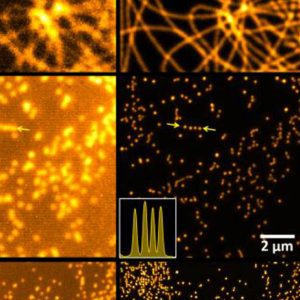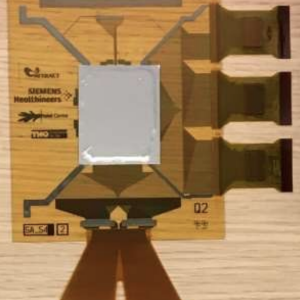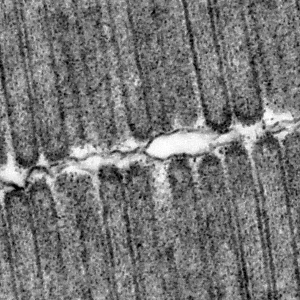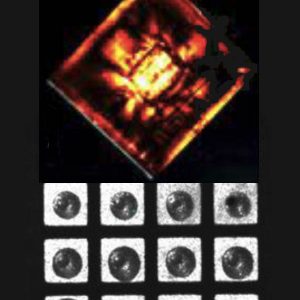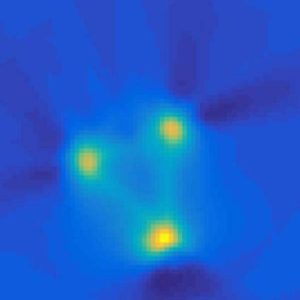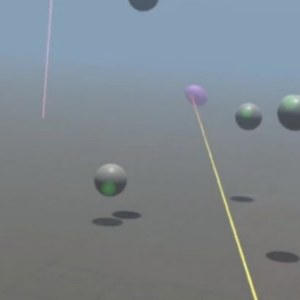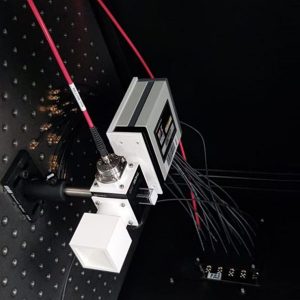The SWaP project aims at developing revolutionary components for the next generation of cooling systems, directly embedding sensors in a hydraulic circuit element by the combination of Additive Manufacturing (AM) technologies. AM technologies, often referred to as “3D-printing”, are opening today new possibilities to manufacture objects with shapes that either were not possible before, or...
This website uses cookies so that we can provide you with the best user experience possible. Cookie information is stored in your browser and performs functions such as recognising you when you return to our website and helping our team to understand which sections of the website you find most interesting and useful.





